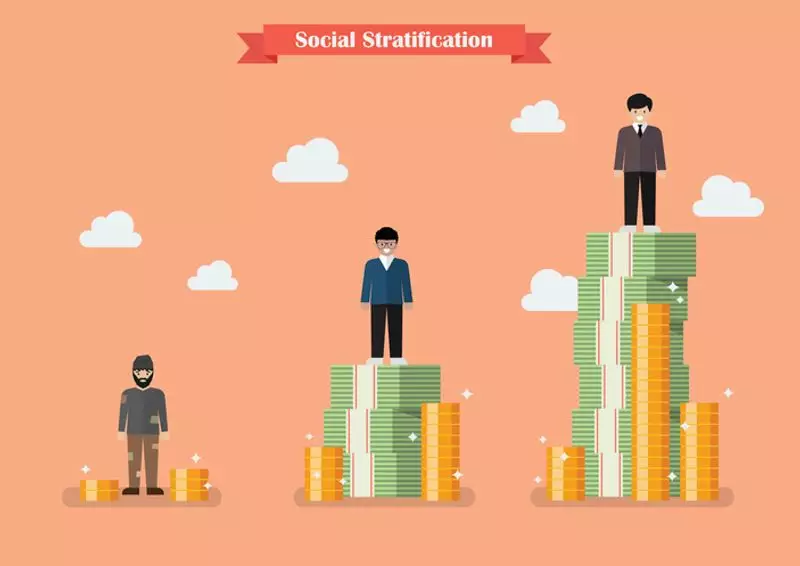
India's social fabric presents a complex tapestry of inequality woven through centuries of historical evolution. The intricate relationship between class and caste continues to shape the nation's social structure, creating multiple layers of disadvantage and privilege that affect millions of citizens.
The Dual Systems of Social Hierarchy
Social stratification in India operates through two primary yet interconnected systems: the traditional caste hierarchy and modern class divisions. While the caste system finds its roots in ancient religious and cultural traditions, class stratification emerges from economic factors and occupational status. What makes the Indian context particularly complex is how these two systems frequently overlap and reinforce each other.
The caste system, despite legal prohibitions and social reforms, continues to influence social interactions, marriage patterns, and economic opportunities across the country. Simultaneously, class distinctions based on wealth, education, and occupation create another dimension of social sorting that sometimes transcends traditional caste boundaries yet often aligns with them.
Contemporary Manifestations of Historical Divisions
In modern India, the intersection of caste and class creates unique patterns of social inequality. Upper-caste communities typically demonstrate higher rates of educational attainment, better access to professional networks, and greater wealth accumulation. Meanwhile, historically marginalized groups, including Scheduled Castes and Scheduled Tribes, continue to face structural barriers that limit their social and economic mobility.
The urban-rural divide further complicates this picture. Metropolitan centers may appear more caste-blind in certain professional settings, yet residential patterns, social networks, and marriage preferences often reveal the enduring influence of caste identities. In rural areas, traditional hierarchies frequently remain more explicit and directly impact daily life and economic opportunities.
Education and Employment: The Battlefields of Social Mobility
Education has emerged as a crucial battlefield in the struggle against social stratification. While reservation policies have created pathways for marginalized communities to access higher education and government employment, significant disparities persist. Private sector employment often operates outside these protective measures, creating new forms of exclusion.
Economic liberalization has generated new wealth and professional opportunities, yet the benefits have not been equally distributed. The emerging knowledge economy rewards certain types of cultural capital and educational credentials that remain unevenly accessible across different social groups.
The digital divide represents another emerging frontier of inequality. As technology transforms the economy, gaps in digital access and literacy threaten to reinforce existing social hierarchies unless addressed through targeted interventions.
Policy Interventions and Their Limitations
India's constitutional framework includes robust provisions for addressing historical injustices. Reservation policies in education, government employment, and legislative bodies have created important avenues for social mobility. However, the implementation of these policies has faced numerous challenges, including inadequate reach, bureaucratic hurdles, and political resistance.
Affirmative action programs have successfully created a middle class within historically disadvantaged communities, yet vast segments of these populations remain excluded from meaningful social and economic advancement. The concept of "creamy layer" exclusions within reserved categories highlights the complex interplay between caste and class disadvantages.
Economic development programs, including poverty alleviation schemes and rural employment guarantees, have addressed material deprivation but have been less successful in dismantling social hierarchies and discrimination.
The Path Forward: Addressing Multidimensional Inequality
Addressing India's complex social stratification requires recognizing the multidimensional nature of disadvantage. Policies must simultaneously tackle economic deprivation, social exclusion, and political marginalization. Educational reforms need to focus not only on access but also on quality and relevance across different social contexts.
Economic policies must create genuine opportunities for upward mobility while combating discrimination in labor markets and entrepreneurship. Social initiatives should promote intercultural dialogue and challenge prejudicial attitudes that sustain hierarchical thinking.
The future of Indian society depends on developing more sophisticated approaches to social justice that acknowledge both caste and class as intersecting systems of privilege and disadvantage. Only through such comprehensive understanding can meaningful progress toward equality be achieved.





